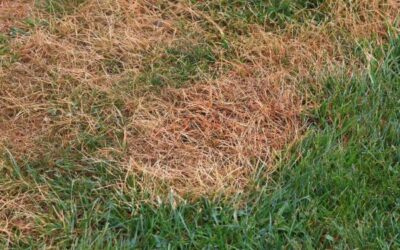Planting a vegetable garden should not be an intimidating process. Following these steps will help guide you through the process, and help you plant the vegetable garden you’ve always wanted!
1. Choose the right location
If you are a beginner, start small. Choose a spot that has plenty of sunlight, and is preferably close to a water source. Make sure to choose a level area to prevent erosion. Another thing to consider is the proximity to your residence. Having the garden close enough to see out of a household window is a good idea. This will help you to stay attentive to your garden, seeing weeding that needs to be done and vegetables that need to be harvested, without having to walk out to your garden plot.
2. Pick Your Produce
Pick out your produce based on your own personal taste, the climate you’re growing in, how much space you have, and your level of experience gardening. If you are a beginner, some of the easier vegetables to grow are carrots, peppers, lettuce, and cucumbers.
3. Prepare Your Soil
You can prepare your garden soil by conditioning it. Doing this will get it into optimal condition for your plants. Condition your plants by mixing compost and natural fertilizers into it. No matter what state your soil is starting in, incorporating compost into it will improve soil health. Compost can help retain both moisture and important nutrients .
4. Create a Gardening Schedule
Check planting dates to come up with an ideal gardening schedule. Most planting dates can be found on seed packets. It is important to read about the ideal conditions for each vegetable you are planting, and then create a schedule to help you stay organized and on top of your gardening project.
5. Start Planting!
When it is planting time, follow the specific guidelines of depth and spacing as listed on your seed packet. The best time to begin planting vegetables is between March and May, which is when the soil begins to warm up. Warmer season vegetables tend to grow best during warm temperatures in late spring, summer, and early fall.
6. Just Add Water
As you water your garden, you should pay careful attention to keeping the soil evenly moist. One easy way to do this is by using a spray nozzle for your hose. This will keep the water spray more gentle, mimicking rain, which will help keep the moisture even throughout your garden
7. Get Rid of Weeds
The best way to prevent weeds in your new vegetable garden is to add a thick layer of mulch. This layer should ideally be 2 to 4 inches in thickness. Any weeds that push their way through should be removed carefully, taking special care to remove the entire root.
8. Make Sure your Vegetables Have the Space They Need to Grow
Aa seedlings emerge, you will want to make sure they are properly spaced. Seedlings that are too crowded should be removed. Plant spacing guides are generally found on the back of seed packets, but you can also look at a plant spacing guide online.
9. Fertilize and Keep Your Soil Healthy
All edible plants will deplete nutrients from the soil as they grow. Without the help of fertilizer, the soil can become unhealthy and produce poor crops. Fertilizing is especially helpful early on in the growth process. To fertilize your garden, gently till the soil, and add fertilizer. In addition to prepared garden fertilizers, you can also use items from home such as kitchen compost and eggshells.
10. Enjoy Your Harvest!
It is important to harvest your vegetables when they are young and tender. Pull up root crops when they reach an edible size. Leaf crops can be collected by cutting them to within 2 inches of the ground.
Following these guidelines will help you to plant a successful vegetable garden with ease. For all of your yard and landscaping needs, Jack’s Lawn Care & Landscaping is here to make the process easier and more manageable. Check out the services we provide, and contact us for a consultation today!



